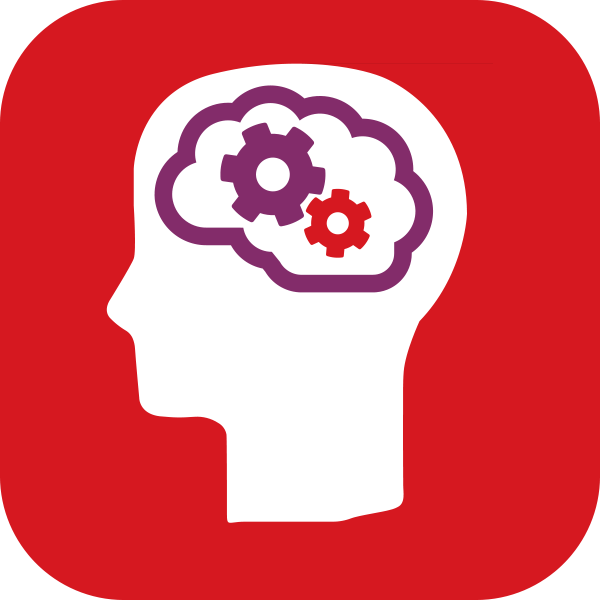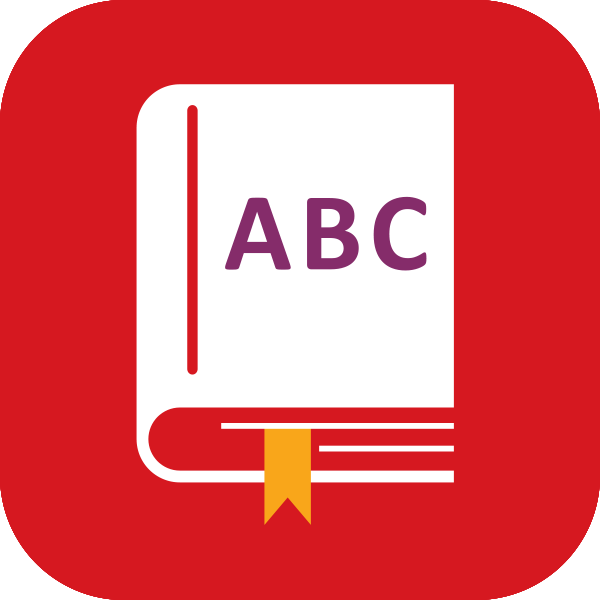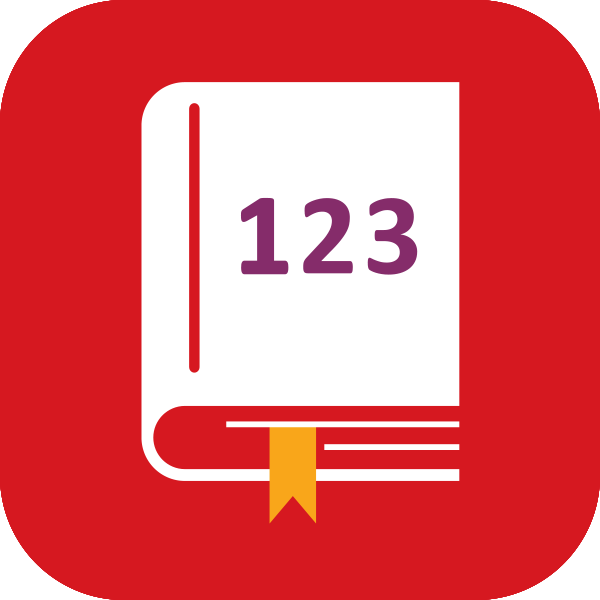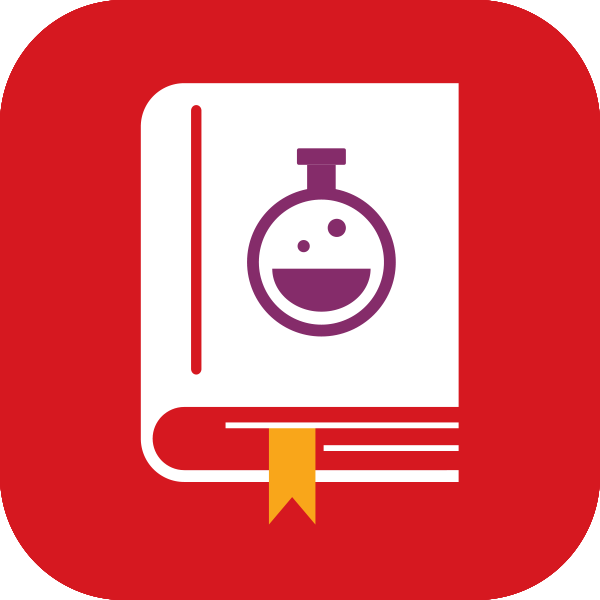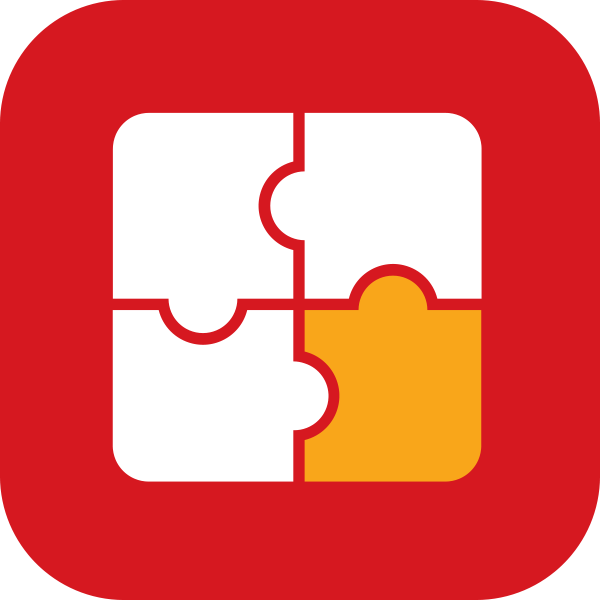“ ”
Getting started with CDS
We initially started using the Cognitive Abilities Test (CAT4) to provide baseline data and set targets for our GCSE cohort. As a school, we do exceptionally well in GCSEs in a huge range of subjects. However, at the time our core English and maths needed more focus, therefore we used the Progress Test Series (PT Series) in English, Maths and Science throughout Key Stage 3 to compare each student across their whole year group.
From there, we began looking across the whole CDS package to dip our toes into everything that was available, such as the Pupil Attitudes to Self and School (PASS) measure and Kirkland Rowell Surveys. A huge advantage for us was the ability to do online reading and spelling tests with the New Group Reading Test (NGRT) and New Group Spelling Test (NGST). Previously, we administered these tests manually with different paper booklets, which was exceptionally time-consuming and tied up facilities such as the school hall which impacted the PE department.
In terms of the reports included, I have found the Excel report most useful. Teachers don’t have time to sift through tonnes of data, so this allowed me to transfer CAT4, PT Series and NGRT/ST data onto tracking and marking sheets on SIMS. Therefore, staff could quickly see with a click of a button the information most relevant to their students. Our SEND department was particularly keen to look at spelling and reading ages to see the progression of the students and what intervention needed to be put in place, so it was easy for the SENCo to identify who might benefit from this.
Reliability of data
Most of our feeder primary schools use CAT4, which helps with the reliability and accuracy of the baseline test the students take with us. We trust the CAT4 data to the extent of formulating Year 8 class placements based on this. Excluding the years impacted by the pandemic, in which ‘designated grades’ were awarded, 2023 was the first year in which we were able to compare GCSE indicators from CAT4 with actual outcomes. With our focus on English and maths, we got our highest 5A*- C outcomes ever in these subjects, which was very much in line with CAT4 indicators.
The GCSE indicators from CAT4 are a very accurate baseline marker for the vast majority of our students, and we are currently exploring the GL/FFT GCSE Estimates Service to further analyse ‘value added’ to each student. Our confidence in the accuracy of the CAT4 indicators is such that this year we will be utilising CAT4 prior to selection of GCSE subjects as a means of supporting students with their choices.

“ ”
Support when you need it
The support we have received from GL has always been brilliant and really prompt. I have never waited on a phone call longer than a few seconds and anyone I have spoken to on the phone, or that has got back to me, has been incredibly helpful. In particular, the face-to-face training we received from Eileen Donnelly was exceptional. She initially came in to train all teaching staff on CDS data, followed by separate training for Heads of Year on PASS data.
We focused on a Year 10 group that we thought was excellent in terms of ability, but had some behavioural issues, to see how we could maximize the potential from these students. With Eileen’s support, we were able to identify from the PASS data the areas that we wanted to improve on with these students. From there, we were able to put a programme in place which we found very useful. Following this training, staff began engaging with the data a lot more and asking questions – approaching it with confidence rather than fear!
We also took advantage of the free Assessment Insights data consultation service that GL Assessment offers, which was excellent and gave us some useful suggestions of areas to focus on with our data analysis going forward. Following this consultation, which focused on our Year 8, I have been researching the various options available, such as the Reading Support Pathway and Data Triangulation, and will feed back to key members of staff including our SENCo, Literacy Co-ordinator and Head of Year 8 with a view to a further consultation involving them.
Putting a structure in place
Implementing the CDS package was something I initially took on myself – which involved setting all the assessments up, analysing the data, and passing the information onto teachers or other members of staff. Before taking the plunge with CDS, my biggest advice for any school would be to ensure that you have a structure in place, or even pre-training, to ensure that as many staff as possible have an understanding of what is included and the data it provides (as this isn’t something that should only sit with one person). I also suggest starting off by pinpointing certain year groups to focus on first and taking full advantage of the support that GL Assessment provides, as they are always there to give you a helping hand when you need it.
Magherafelt High School is one of our Advocate Partners



